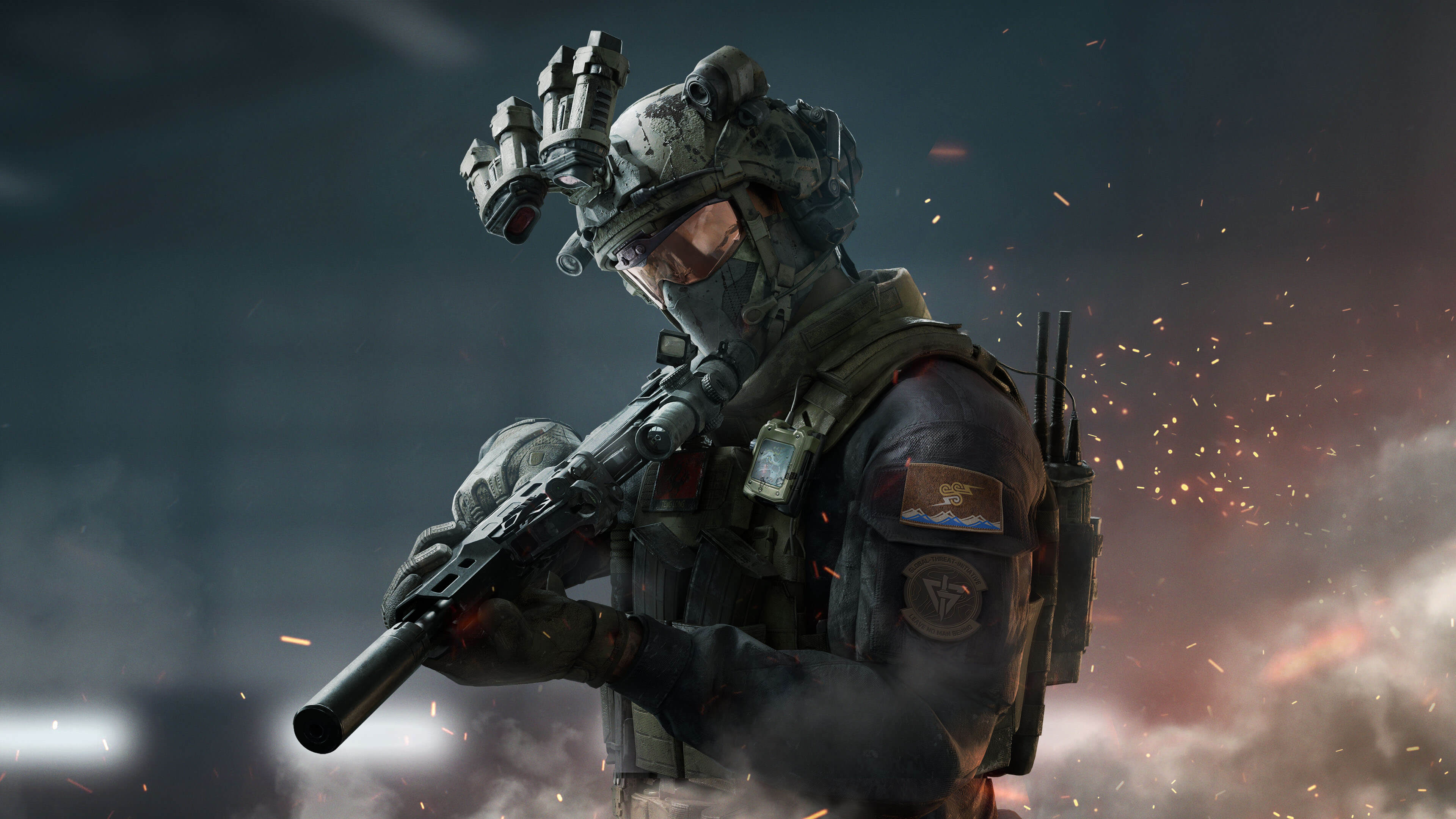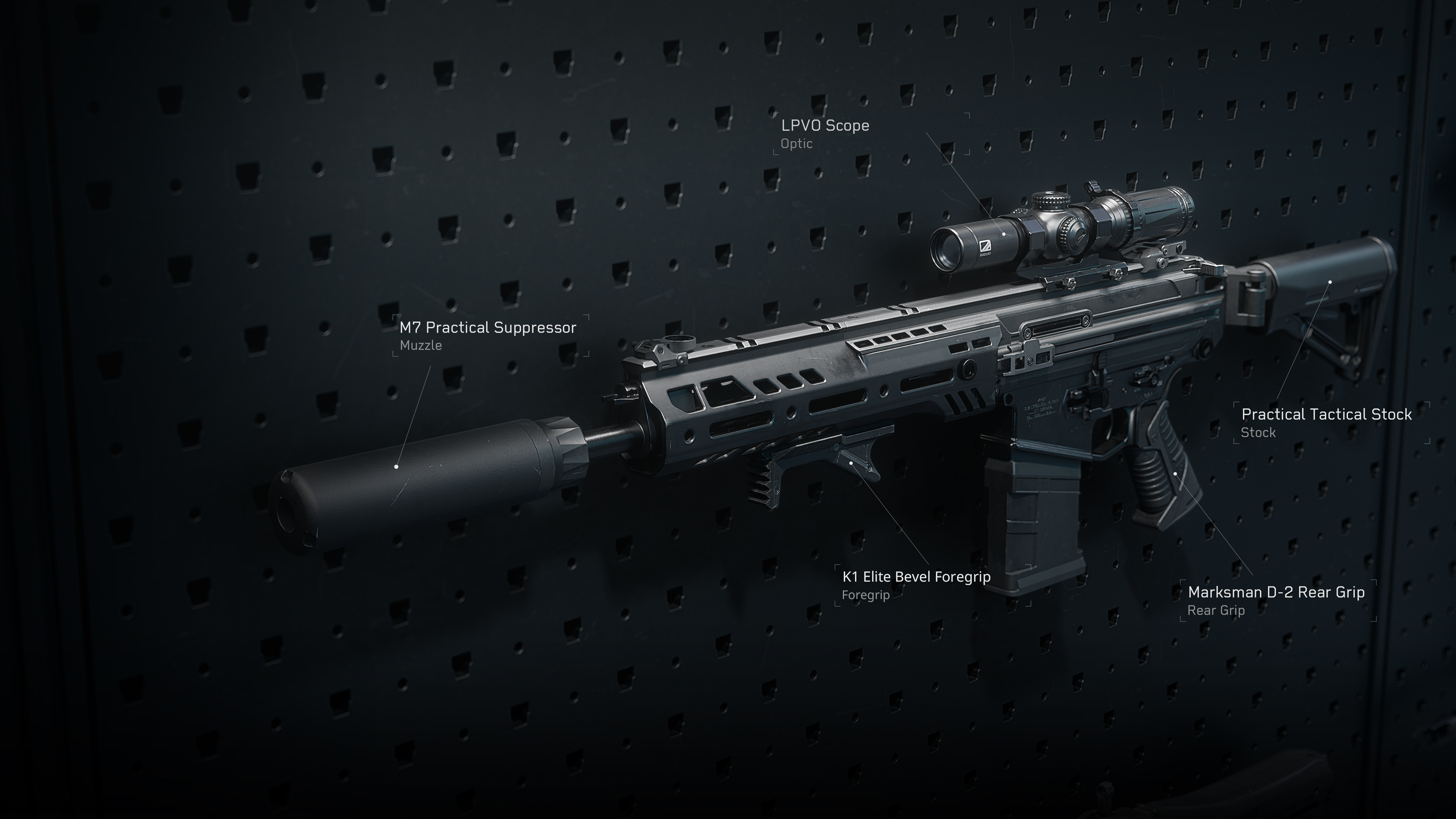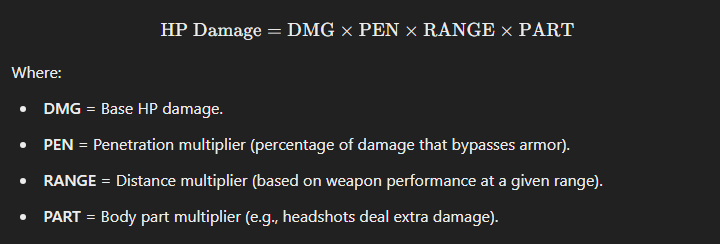Armor Calculations
Variable Definition

Variable Definition
DMG - The damage applied to any unprotected body part.
AP - The damage applied directly to the enemy's armor.
APF - A multiplier applied to [AP] based on the level of the enemy's armor.
PEN - A percentage that determines how much [DMG] passes through armor to deal HP damage.
RATIO - A rare multiplier for specific ammo types. Typically ignored unless specified.
RANGE - Adjusts damage based on distance.
PART - Adjusts damage based on the body part hit.
Step 1

Range
First, you must know the range you're shooting your target at. Each weapon has specific falloff values that will effect the Armor and HP damage applied. This can be found in the Weapons Details Screen labeled "Damage Falloff Multiplier".
Step 2

Armor Damage
Armor damage is the amount of durability lost by an enemy's armor when a bullet hits it. It is calculated using the ammo's Armor Penetration (AP) value, the Armor Penetration Falloff (APF) multiplier (based on the level of the enemy's armor), and a range multiplier.
Step 3

HP Damage
HP damage is the damage applied to an enemy's health after accounting for their armor. It is influenced by the bullet's base damage (DMG), the ammo's Penetration (PEN) value, and modifiers like range and the body part multiplier (PART).
Step 4

Delta Damage
Delta damage represents the additional HP damage dealt when a bullet breaks through the enemy's armor. It accounts for the difference between the damage that would be dealt to unarmored HP versus the damage reduced by armor.
When a bullet breaks armor, a portion of the damage that would normally be absorbed by the armor is added back to the HP damage calculation.
Step 5

Final Damage
Final damage is the total damage dealt to an enemy's HP by a single bullet, combining all relevant factors such as base HP damage, armor penetration, and any additional damage caused when armor is broken. It accounts for the bullet's effectiveness against both armor and health, including distance and hit location modifiers.